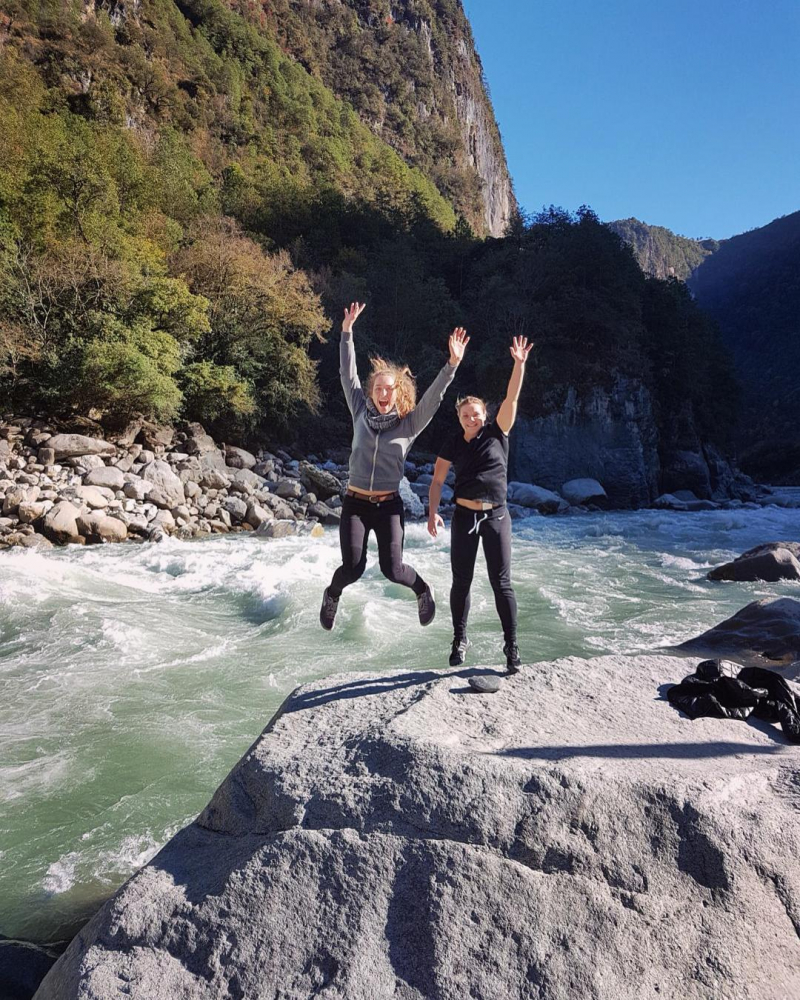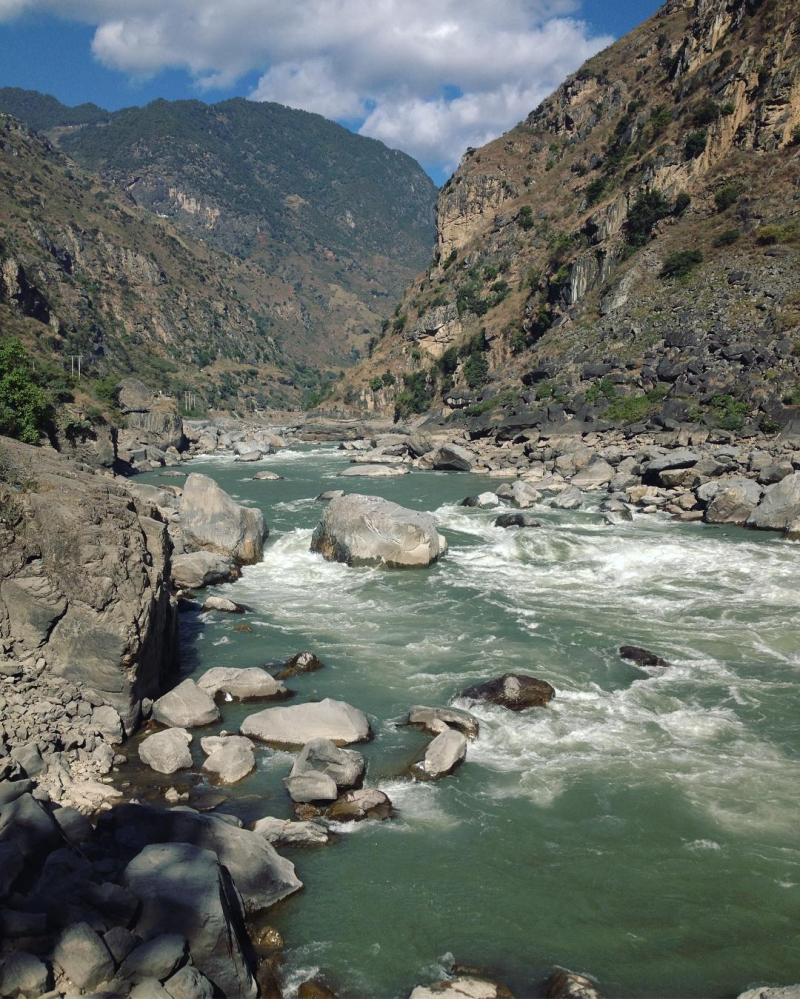Salween

The Salween is a 3,289-kilometer-long Southeast Asian river that flows from the Tibetan Plateau to the Andaman Sea. The Salween River flows largely through southwest China and eastern Myanmar (Burma), with a brief stretch constituting the Myanmar-Thailand boundary. It winds through rocky mountain canyons for the majority of its journey. Despite its length, only the last 90 kilometers of the river are navigable, when it forms a small estuary and delta at Mawlamyine. Along its course, the river is known by many names, including Thanlwin in Burma and Nu River in China. The word "Salween" is an anglicization of the Burmese name that dates back to 19th-century British maps.
The Salween basin is regarded one of the most ecologically varied locations in the world, with an estimated 25% of the world's terrestrial animal species and thousands of plant species due to its wide range of elevation and latitude combined with geographic isolation. The Salween, especially in the delta region, provides water for agriculture and sustains vast fisheries. Several ethnic minority groups live in the Salween basin, with origins primarily from the Tibetan Plateau and northwest China. People began migrating south along the river around 5,000 years ago, forming minor kingdoms and city-states along the way.
Total length: 1,491 miles (shared with Thailand and China)










